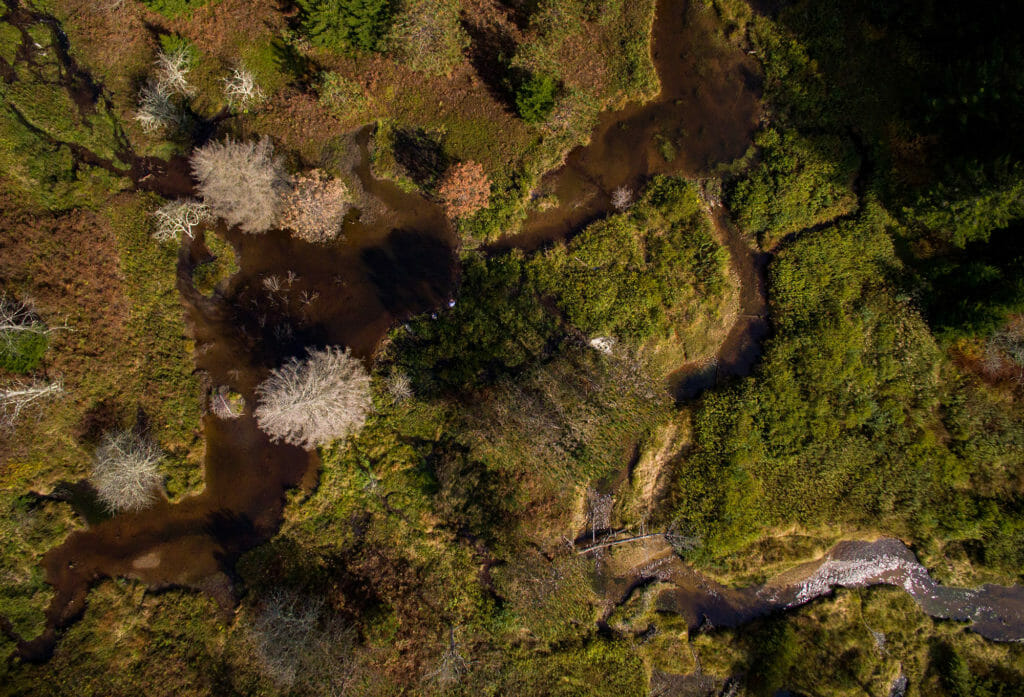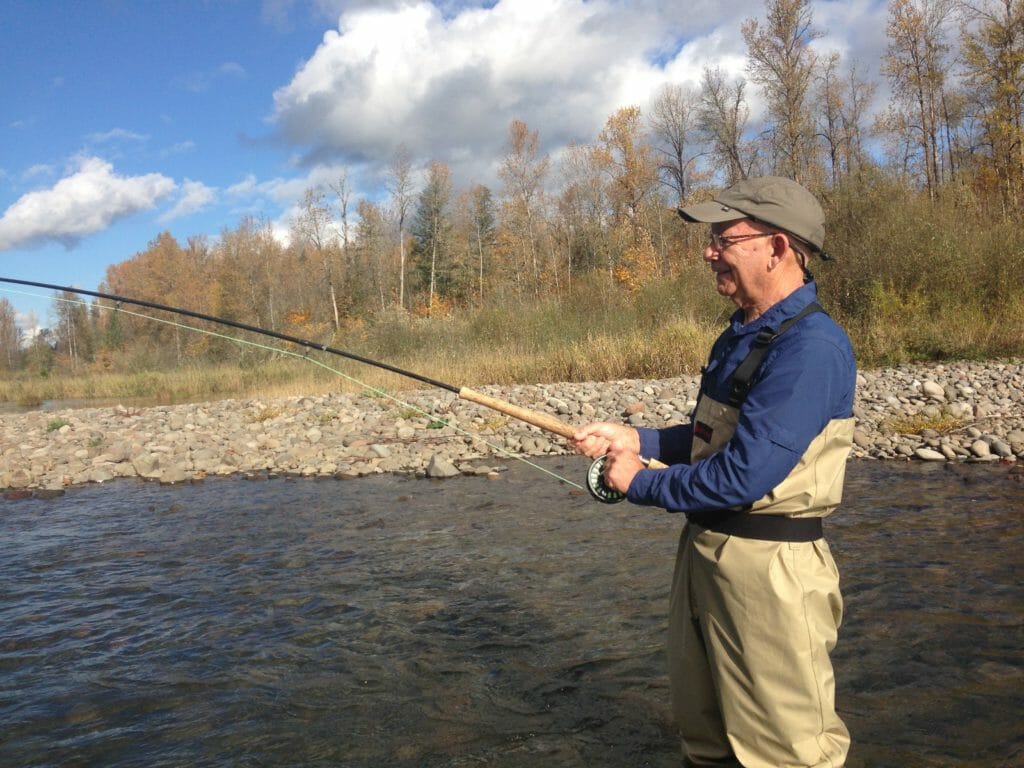
I have spent some quality time in the state of Oregon, and I know a beautiful treasure of a river when I see one—even if I might not be the best at catching the trout and salmon that swim in them.
U.S. Rep. Peter DeFazio’s district is filled with waters like these. You will not experience nicer rivers than the Umpqua, the Rogue, or the McKenzie anywhere in the world. They are not perfect, scarred as they are to some degree by historic logging practices and roads. But they are on the rebound, and they need as much help as they can get from our federal and state water laws.
Recently, Rep. DeFazio (D-OR) took an important step in that direction by introducing the Clean Water for All Act, which would see that our nation’s waters get the protections they need and deserve. Joining him as lead sponsor is Rep. Grace Napolitano (D-CA).
Thousands of miles of small headwater streams and thousands of acres of wetlands sustain those river gems in DeFazio’s Oregon district. They are a few of the millions of reasons why TU has worked so hard for decades to defend the Clean Water Act protections for streams and wetlands.
The fight goes on because in late April, the EPA and the U.S. Army Corps of Engineers finalized a “Navigable Waters Protection Rule” that will eliminate federal safeguards for many small streams and wetlands.

Who better than Rep. DeFazio to take legislative action to block this misguided rule and send the agencies back to the drawing board to fix it? Nobody.
TU’s 300,000 members and supporters deeply appreciate this bill. We are grateful to DeFazio and Napolitano for their leadership, and we are urging all House members to co-sponsor their legislation.
The Clean Water for All Act would repeal the Trump administration’s harmful rule and direct the agencies to start over in a manner that protects America’s waterways—all of them—consistent with four decades of Clean Water Act precedent.
Research by Trout Unlimited suggests that the administration’s new rule will end Clean Water Act protections for more than six million miles of streams—half the U.S. total. These streams contribute to the drinking water supplies of 117 million Americans and provide essential fish and wildlife habitat that supports a robust outdoor recreation economy worth $887 billion.
The rule will also erase protections for more than half of the nation’s wetlands, a critical part of functioning watersheds. Wetlands help recharge groundwater, filter pollution and protect communities from flooding.
The EPA’s new rule was justifiably criticized by many state and local government agencies, fish and wildlife conservation organizations and hundreds of thousands of citizens during the rule-making comment period. It is a real threat to trout and salmon watersheds nationwide.
The Clean Water for All Act would help protect the rivers of southwestern Oregon, and streams across the nation. Please take a moment today to help us urge House members to work with their colleagues to pass this bill into law.
Steve Moyer is TU’s vice president for government affairs.


